Walking through the remaining habitats of Earth’s rarest creatures feels like stepping into the last pages of a disappearing story. These amazing animals, some with just a few hundred members left, still roam in special corners of our planet.
From the highest mountains to the deepest forests, dedicated teams work daily to protect these incredible species from vanishing forever. Do you want to see these remarkable animals while you still can?
Let’s explore some truly special places these rare creatures still call home.
Mountain Gorillas – Volcanoes National Park, Rwanda
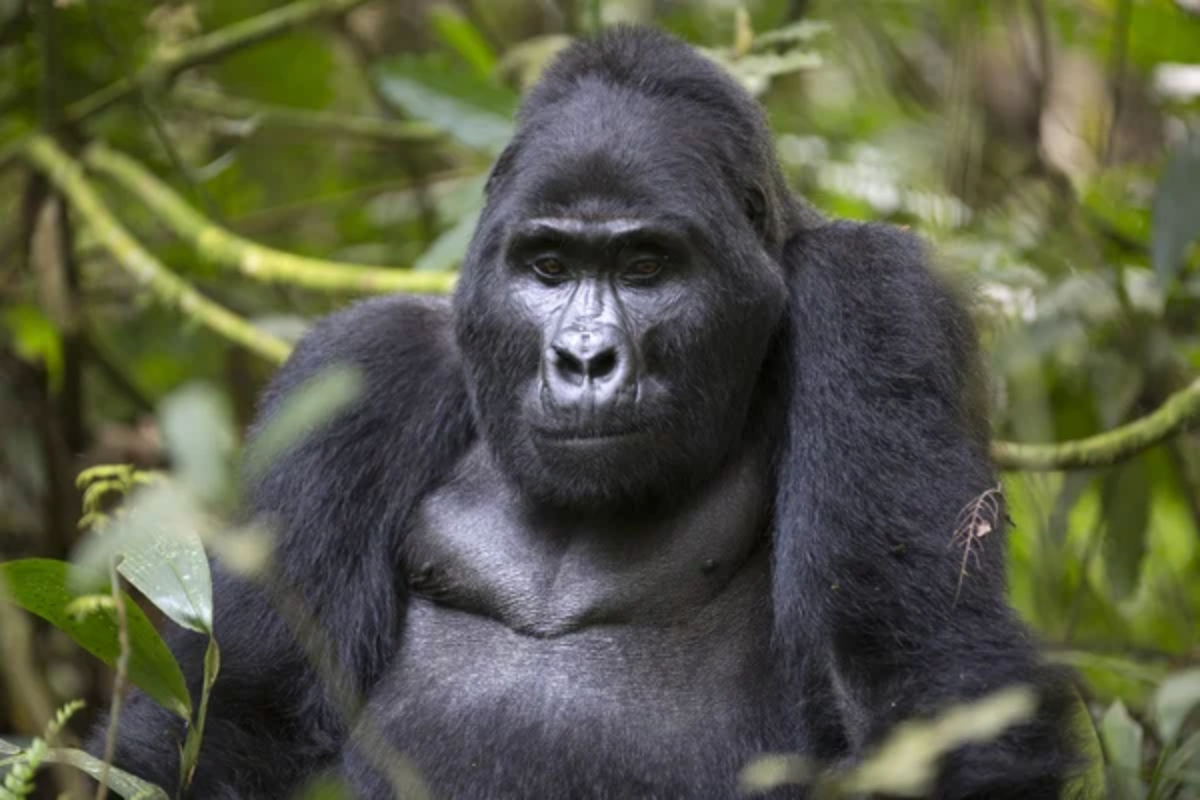
The misty peaks of Rwanda’s Volcanoes National Park hide one of nature’s most incredible sights. Small groups of visitors can spend a precious hour watching mountain gorilla families eat, play, and care for their young in the thick bamboo forests.
Local guides share amazing stories about individual gorillas they’ve known for years, showing how similar these gentle giants are to humans. The trek up the volcano slopes might leave you breathless, but seeing a silverback just feet away will take your breath away for a completely different reason.
Amur Leopards – Land of the Leopard National Park, Russia
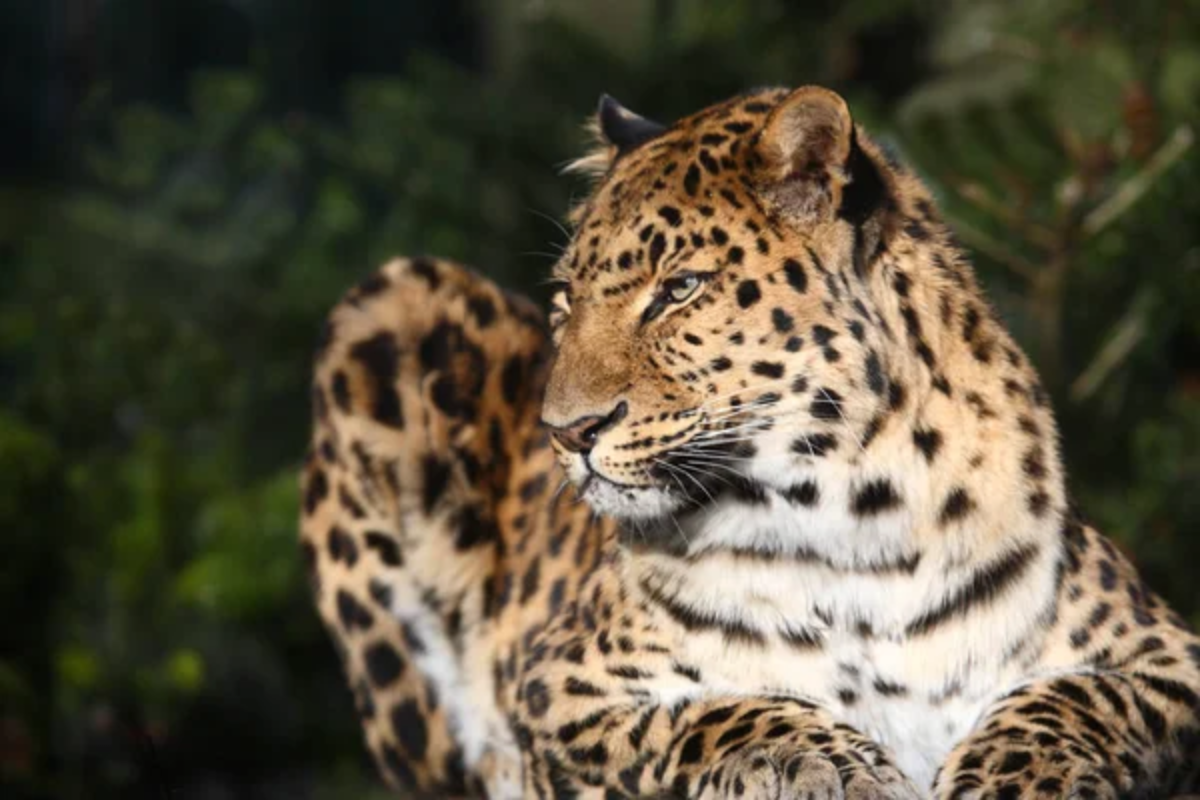
In the snowy forests of Russia’s Far East, the world’s rarest big cat prowls through a landscape that looks frozen. With only about 100 left in the wild, the Amur leopard moves like a ghost through these remote woods.
Rangers use special cameras hidden in trees to track these beautiful cats, sharing their best pictures with lucky visitors at the park’s education center. The leopards’ territory stretches across hills covered in Korean pine and Mongolian oak, creating a stunning backdrop for those hoping to spot one of these elusive cats.
Like Travel Pug’s content? Follow us on MSN.
Northern White Rhinos – Ol Pejeta Conservancy, Kenya
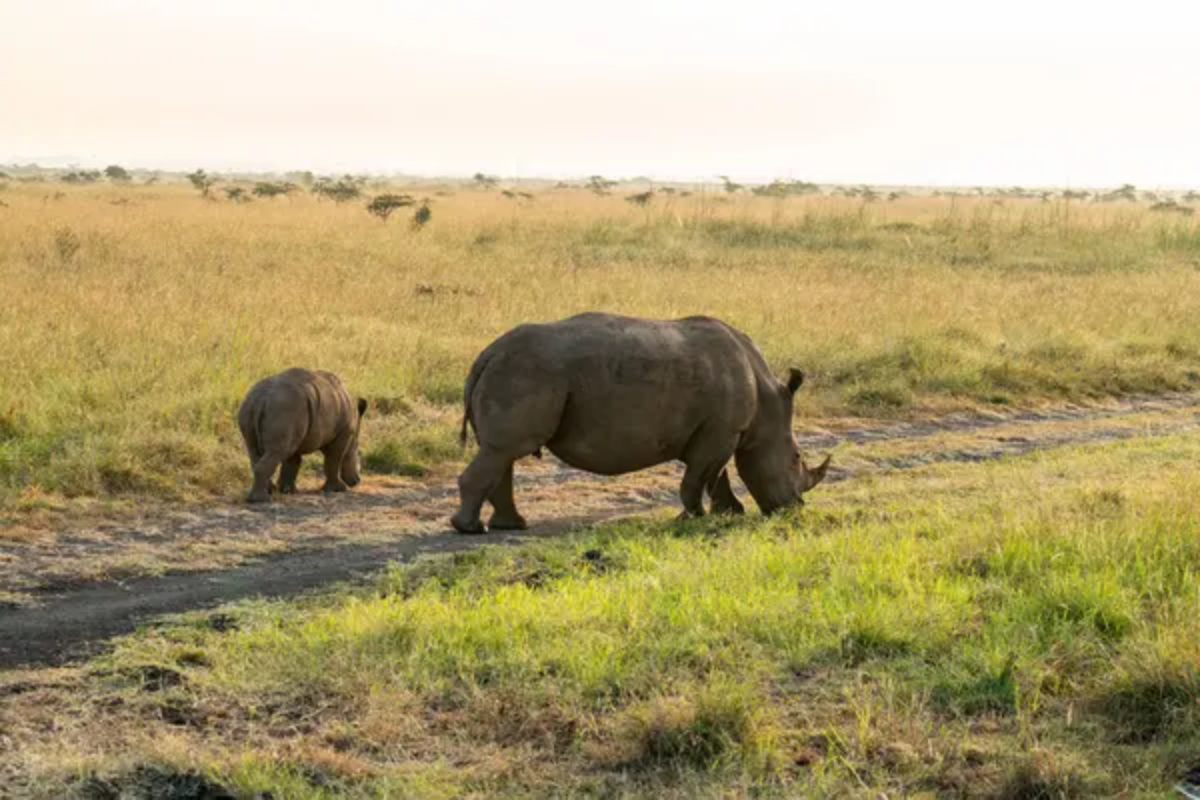
In a specially protected area of Kenya’s grasslands, the last two northern white rhinos on Earth graze under constant guard. These elderly females, Najin and Fatu, represent the twilight of their subspecies.
Scientists work tirelessly on innovative breeding programs, hoping to prevent these gentle giants from disappearing forever. Visitors can meet these remarkable creatures up close and learn about their story and the larger tale of African conservation.
Vaquitas – Sea of Cortez, Mexico
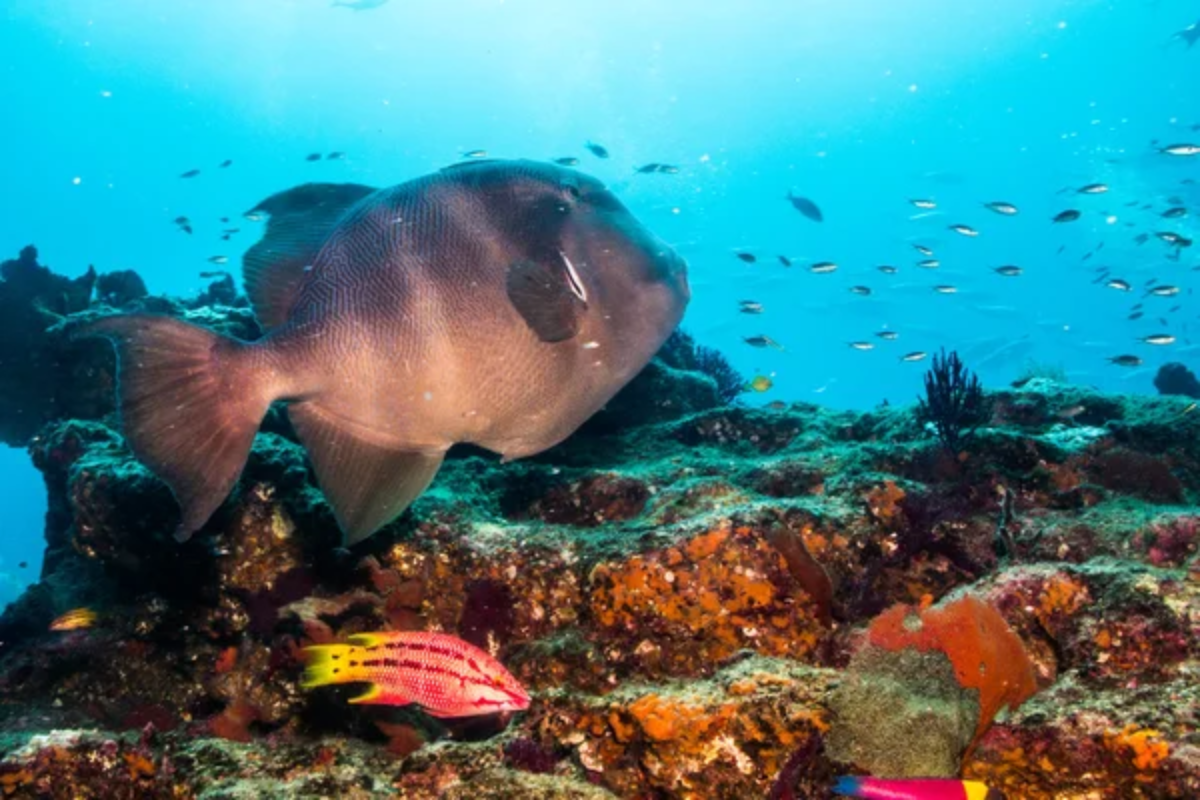
The shallow waters of Mexico’s Sea of Cortez hold fewer than 20 small, smiling porpoises. Local boat tours carefully navigate the waters where these shy creatures occasionally surface, though sightings are rare.
Conservation teams use special listening devices to track these ‘little cows of the sea’ as they swim through their shrinking habitat. The nearby town of San Felipe serves as a base for researchers and visitors hoping to glimpse the world’s most endangered marine mammal.
Javan Rhinos – Ujung Kulon National Park, Indonesia
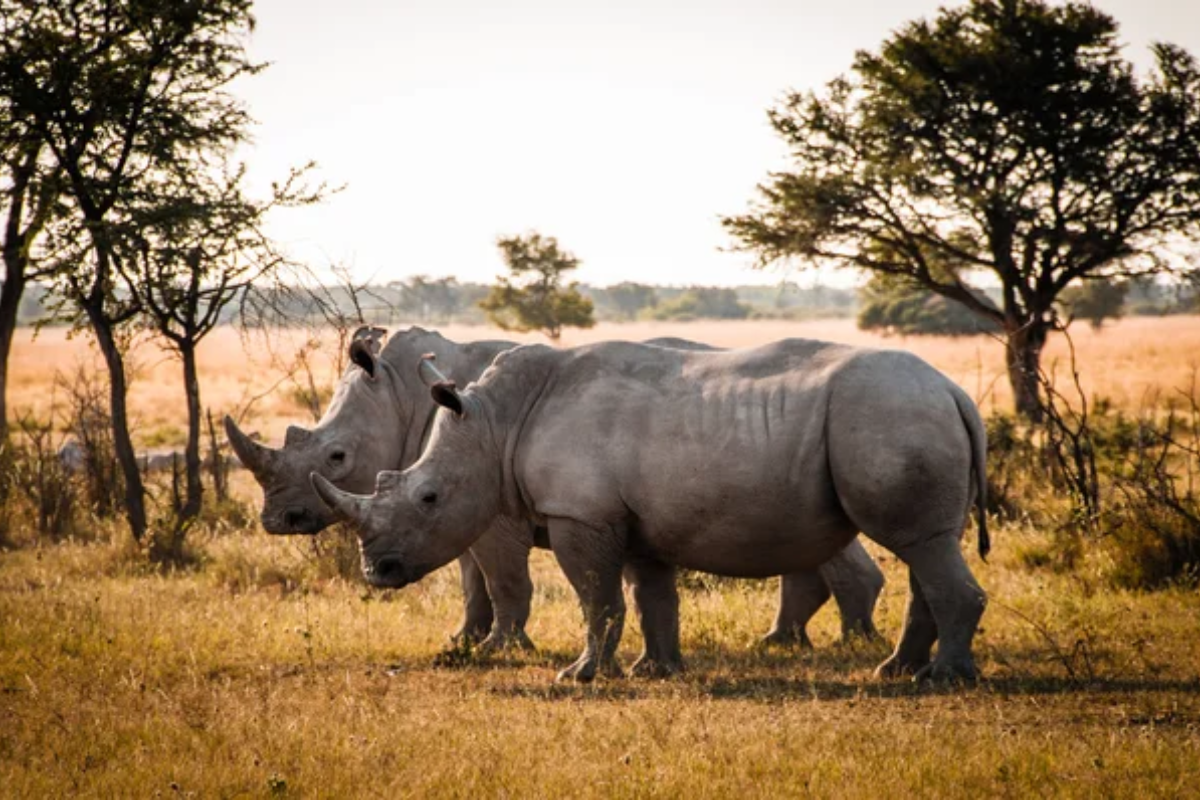
Hidden in the dense jungles of Java’s westernmost point, about 75 Javan rhinos make their final stand. Skilled guides lead small groups through carefully marked trails where these secretive giants leave their tracks.
Camera traps throughout the park capture rare footage of the rhinos, which visitors can watch at the park’s research center. The thick forests and muddy swamps create a mysterious atmosphere that matches the elusive nature of these ancient-looking creatures.
Like Travel Pug’s content? Follow us on MSN.
Black Rhinos – Etosha National Park, Namibia
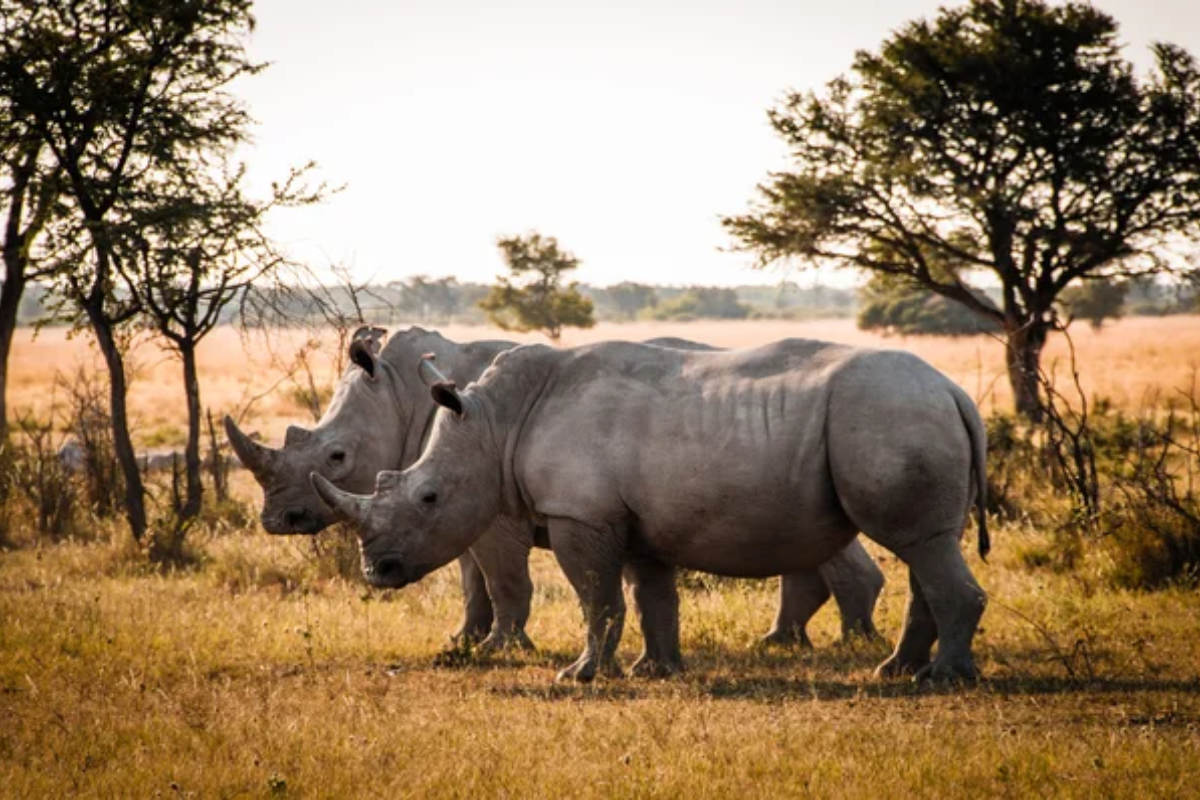
Against the stark white backdrop of Namibia’s salt pans, a small population of black rhinos continues their ancient patrol. These hook-lipped browsers move through the thorny savanna under the watch of dedicated anti-poaching teams.
Visitors can observe these prehistoric-looking creatures from special hideouts near watering holes, especially during the dry season. The contrast between the rhinos’ dark skin and Etosha’s pale landscape creates unforgettable photography opportunities.
Pangolins – Cuc Phuong National Park, Vietnam

Deep in Vietnam’s oldest national park, rescuers work to protect these scaly mammals from extinction. The park’s rehabilitation center gives visitors a rare chance to see these shy, armored creatures up close.
Nighttime tours offer the best chance to spot wild pangolins as they search for ants and termites. The dedicated staff shares stories of successful releases and ongoing conservation efforts to save these unique animals.
Sumatran Tigers – Way Kambas National Park, Indonesia
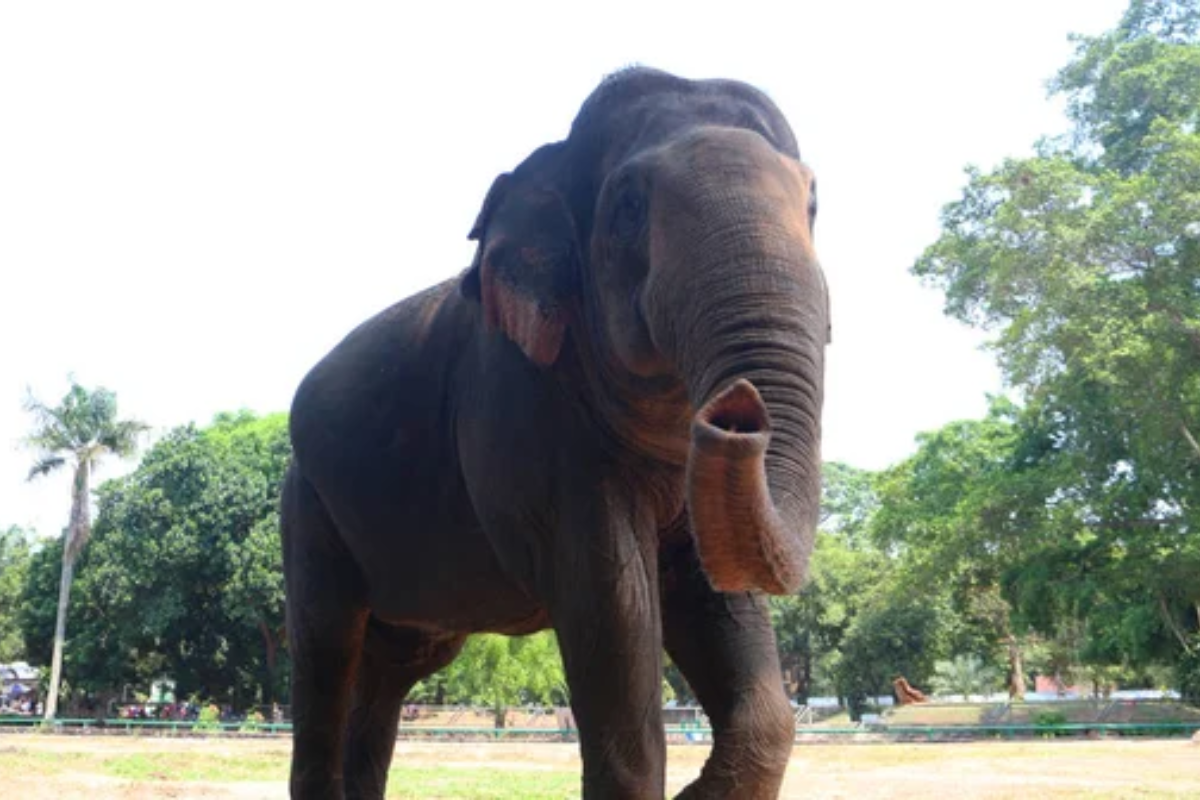
In the steamy lowland forests of southern Sumatra, about 400 wild tigers still hunt their ancient grounds. The park’s special night safari allows visitors to spot these stunning cats in their natural habitat.
Experienced rangers share their deep knowledge of individual tigers’ territories and habits. The surrounding rainforest echoes with sounds that haven’t changed since these big cats first began roaming here.
Like Travel Pug’s content? Follow us on MSN.
Gharials – National Chambal Sanctuary, India
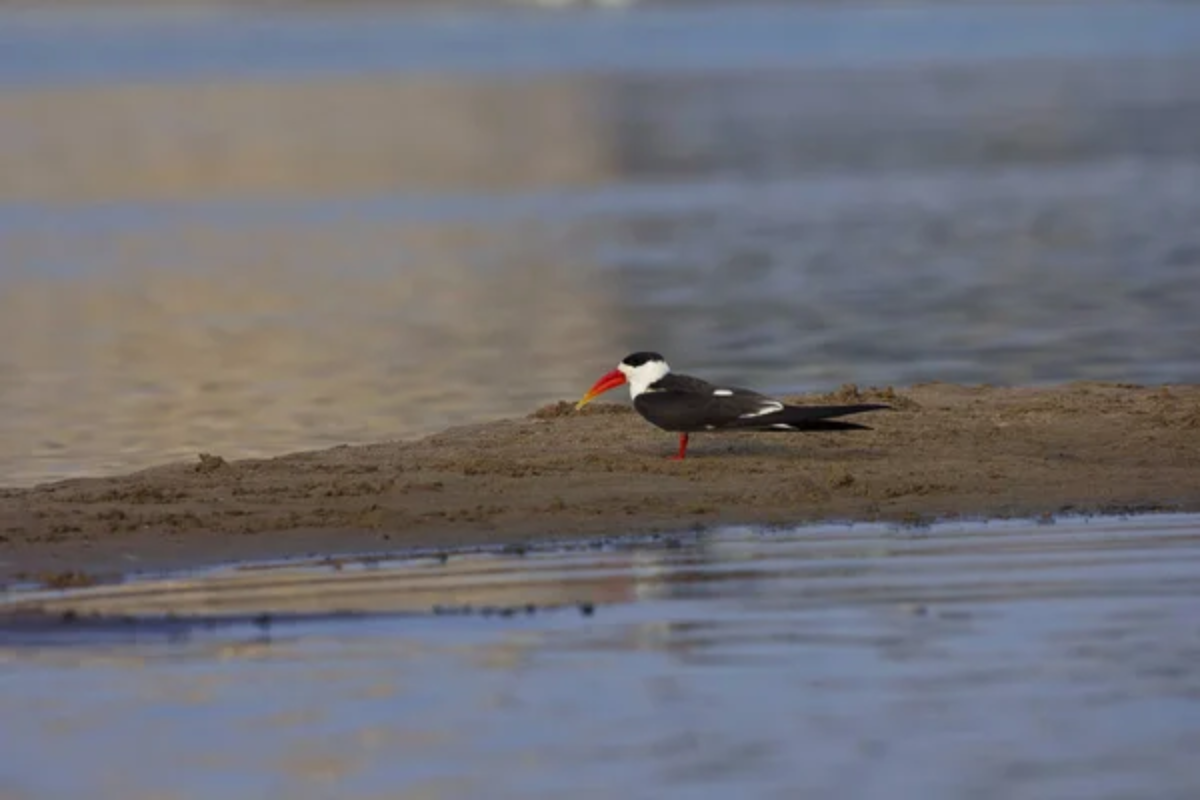
Along the clean waters of India’s Chambal River, the last substantial population of gharials basks in the sun. With their long, narrow snouts, these strange-looking crocodilians can be viewed safely from small boats guided by local experts.
The sanctuary’s efforts have helped these ancient reptiles maintain a foothold in their historic range. Morning boat rides offer the best chances to see these remarkable creatures lounging on sandbars.
Cross River Gorillas – Afi Mountain Wildlife Sanctuary, Nigeria

Hidden in the misty highlands of Nigeria, fewer than 300 Cross River gorillas live in these remote forests. Local guides lead treks through the mountains, sharing their knowledge of these elusive primates’ behavior and habitat.
The sanctuary’s viewing platforms offer rare chances to spot these shy creatures without disturbing them. The surrounding community actively participates in protecting these rare apes, creating a unique conservation success story.
Red Wolves – Alligator River National Wildlife Refuge, USA

The last wild population of red wolves roams free in the swampy wilderness of North Carolina. The refuge offers special howling tours, where visitors can hear these endangered canids communicate in the dark.
Guided tours through the refuge’s different habitats explain how these natives are making their comeback. The mix of wetlands and forests provides perfect cover for these shy predators.
Like Travel Pug’s content? Follow us on MSN.
Saola – Bach Ma National Park, Vietnam
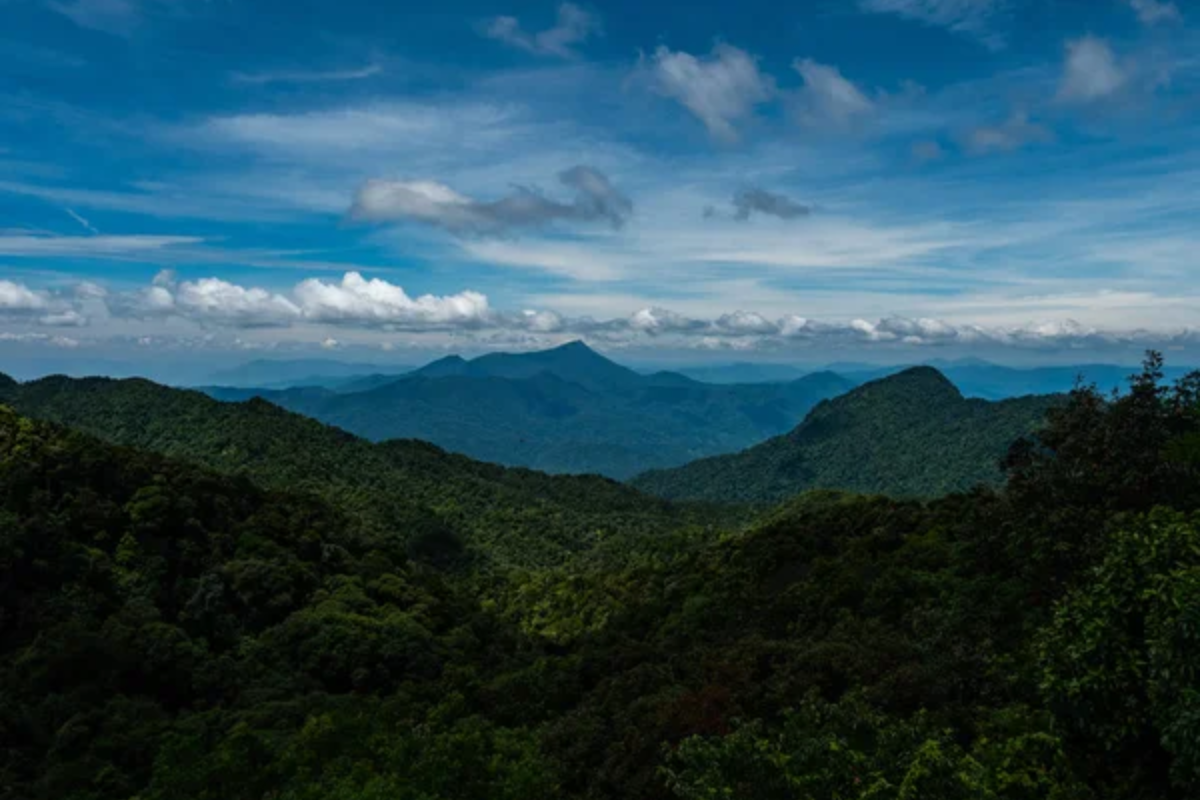
In the remote mountains along Vietnam’s border, rangers search for glimpses of the mysterious Asian unicorn. Though incredibly rare, the park represents one of the best chances to encounter this elegant creature.
Visitors can explore the trails where camera traps have captured images of these elusive animals. The misty mountains and dense forests create an atmosphere of mystery that matches the saola’s phantom-like nature.
California Condors – Grand Canyon National Park, USA
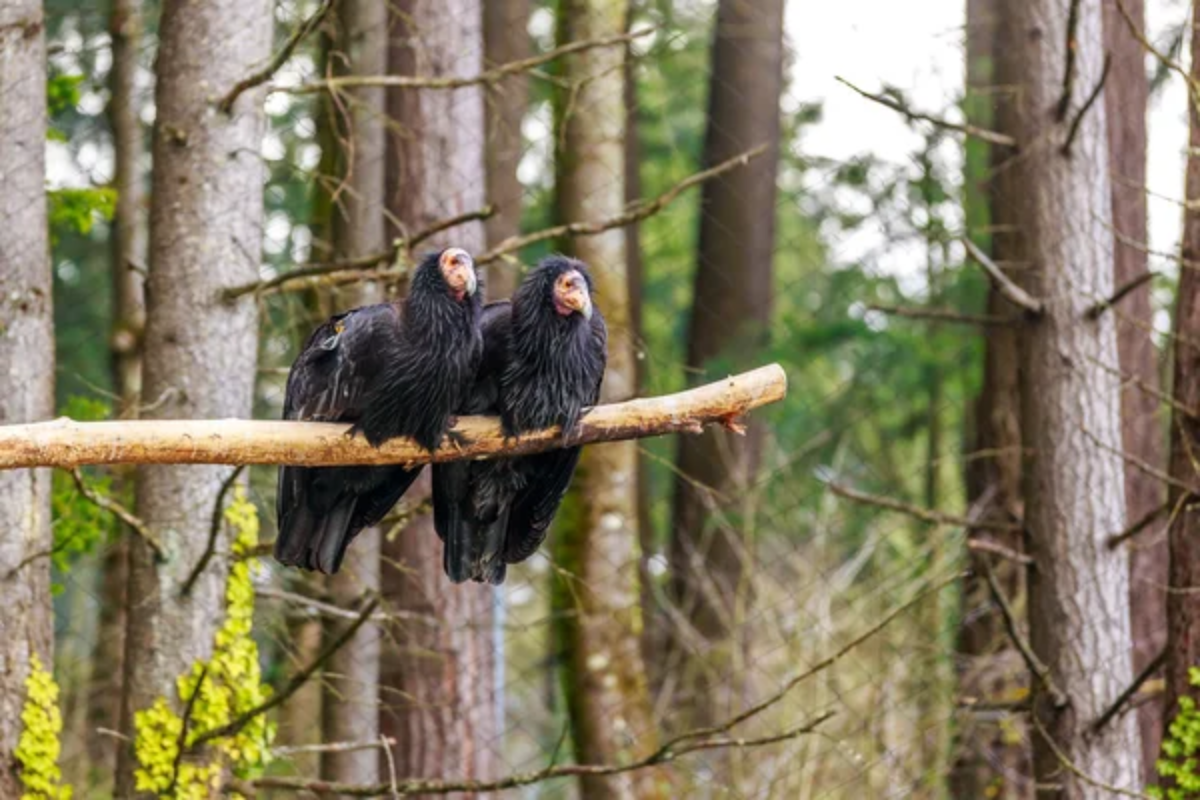
North America’s largest birds soar on thermal currents along the red cliffs of the Grand Canyon. Special viewing stations with spotting scopes help visitors track these massive vultures as they patrol the canyon.
Rangers share the inspiring story of how these birds came back from just 27 individuals in the 1980s. The condors’ impressive nine-foot wingspans cast moving shadows across the ancient canyon walls.
Amur Tigers – Sikhote-Alin Nature Reserve, Russia
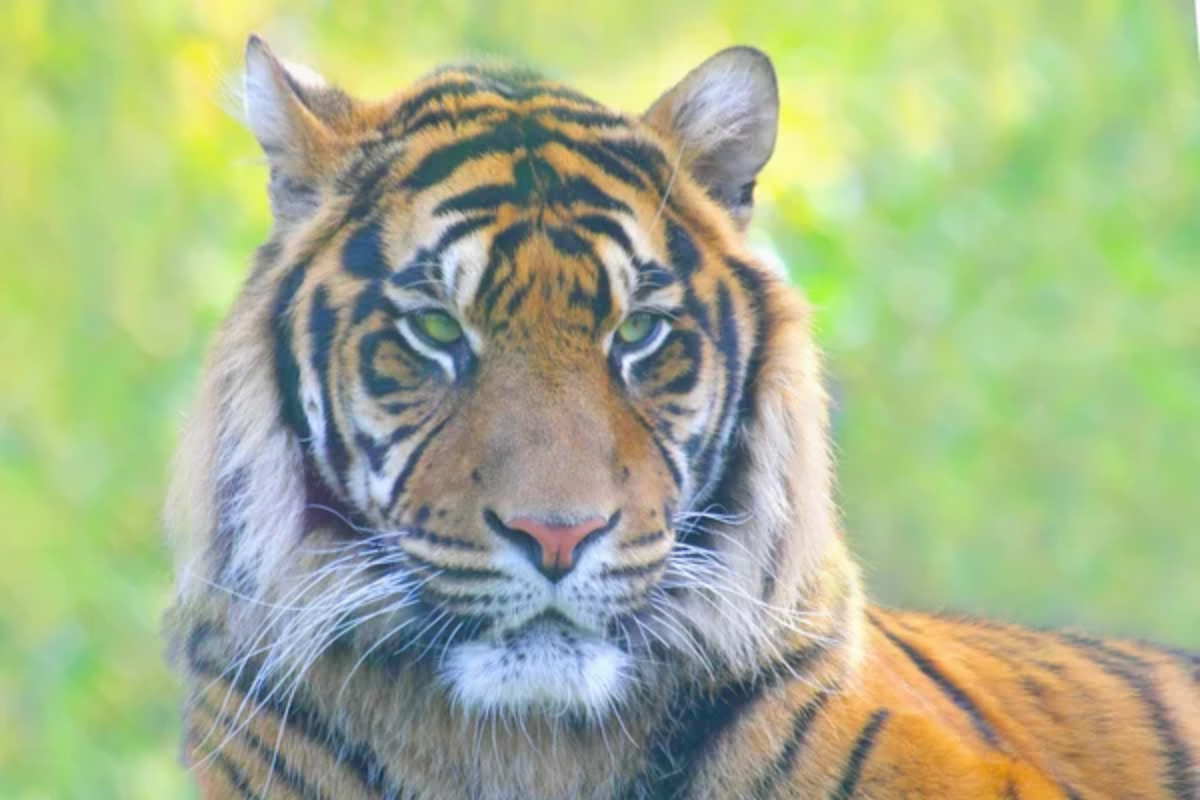
In Russia’s far eastern wilderness, the world’s largest cats patrol territories that can span 450 square miles. The reserve’s viewing platforms and guided winter tracking tours offer chances to spot signs of these rare tigers.
Local conservation teams share their experiences studying and protecting these magnificent predators. The mixed forest of cedar and birch provides the perfect backdrop for searching for these elusive cats.
Like Travel Pug’s content? Follow us on MSN.
Philippine Eagles – Mount Apo Natural Park, Philippines

High in the forests of Mindanao, the world’s most powerful eagle species fights for survival. The park’s guided tours take visitors through the eagles’ hunting grounds, where they search for monkeys and other prey.
Local communities share stories of their cultural connection to these massive birds. The mountain slopes offer stunning views while searching for these critically endangered raptors.
Ethiopian Wolves – Bale Mountains National Park, Ethiopia

In the highland meadows of Ethiopia’s Bale Mountains, the world’s rarest canid species hunts for giant mole rats. With fewer than 500 individuals remaining, these russet-colored wolves survive only in the country’s high-altitude grasslands.
Local rangers and scientists work tirelessly to protect these endangered predators from habitat loss and disease. The stark beauty of the Afroalpine plateau provides a stunning backdrop for observing these elegant hunters in their last stronghold.
Giant Pandas – Wolong National Nature Reserve, China

Visitors can observe pandas in their last natural stronghold in the misty mountains of Sichuan. The reserve’s carefully managed bamboo forests provide the perfect habitat for these beloved bears.
Experienced guides know the best spots to watch pandas go about their daily routines. The surrounding mountains echo the sounds of bamboo creaking in the wind, creating a peaceful atmosphere for panda-watching.
Like Travel Pug’s content? Follow us on MSN.
Northern Hairy-Nosed Wombats – Epping Forest National Park, Australia
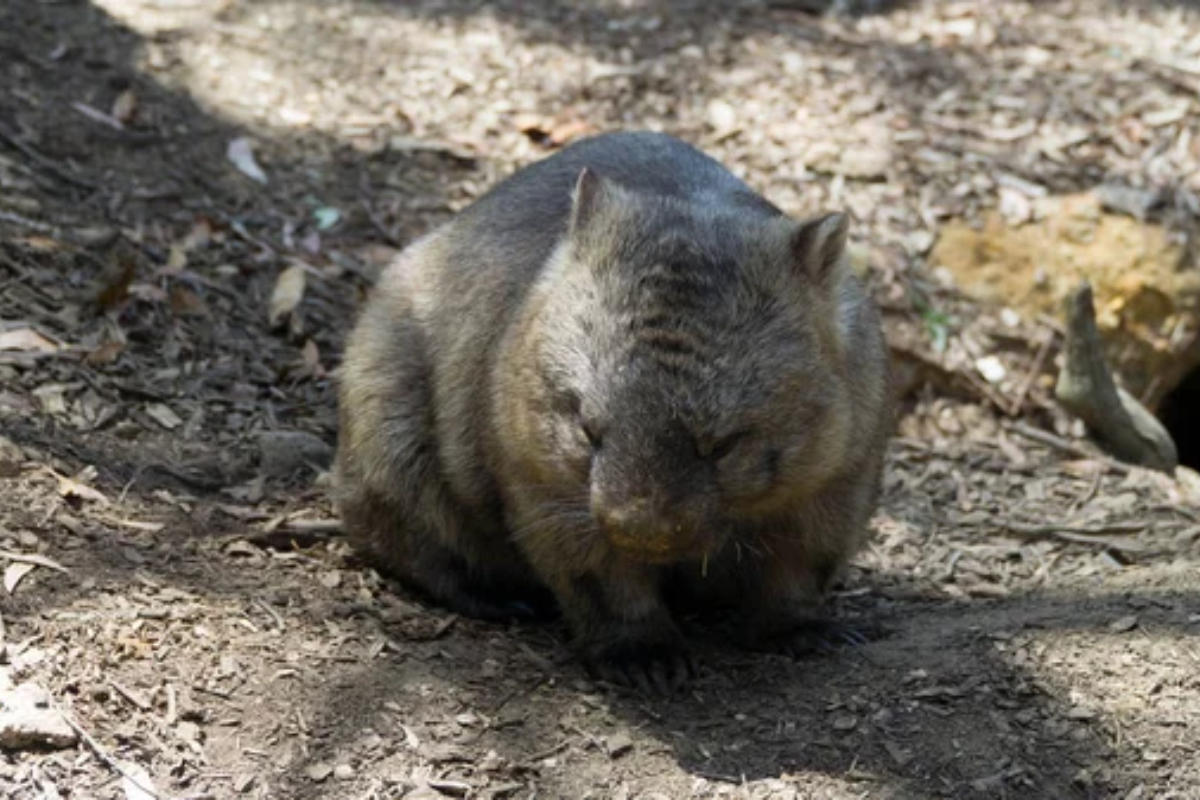
In a small stretch of Queensland forest, the rarest wombats on Earth dig their burrows. Night tours with special permits offer unique chances to spot these critically endangered marsupials.
Rangers share stories of their ongoing efforts to protect these chunky grass-eaters. The carefully managed landscape provides everything these special wombats need to survive.
Snow Leopards – Hemis National Park, India
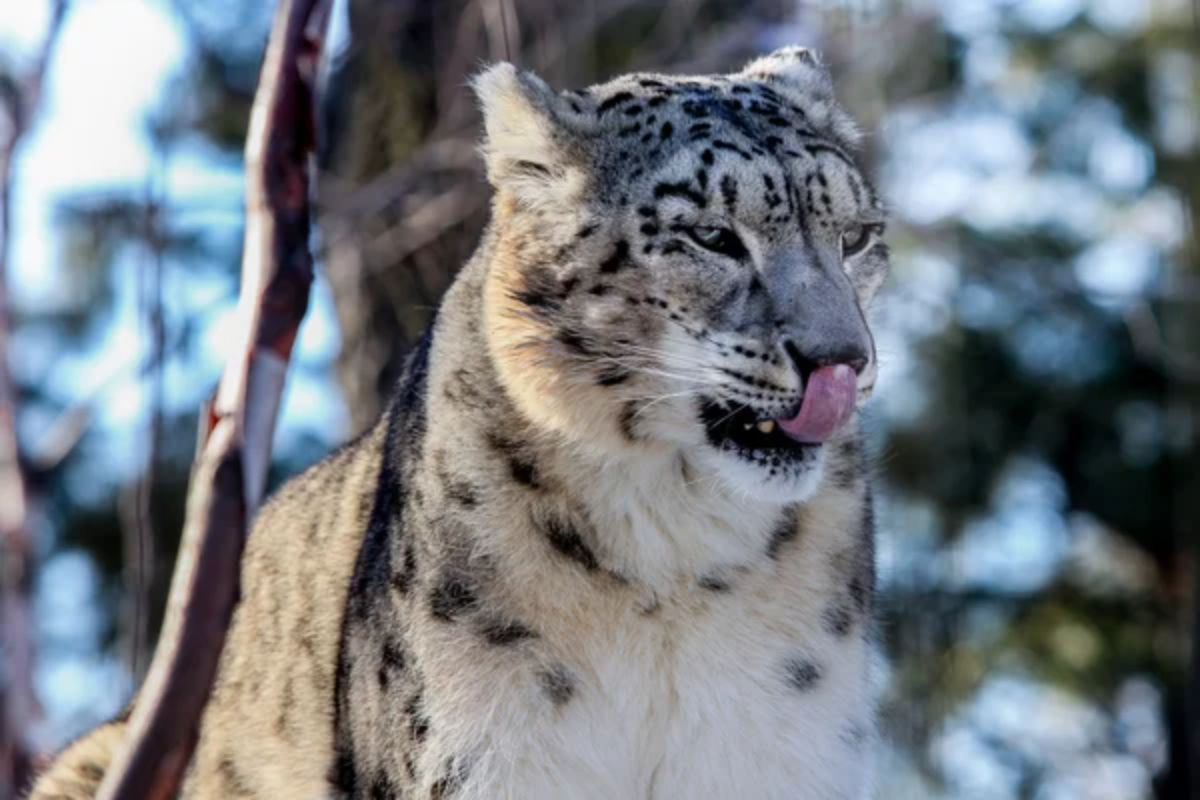
High in the Himalayas, skilled trackers help visitors search for the elusive ‘ghost of the mountains.’ The park’s high-altitude trails lead through stunning landscapes where these cats hunt their prey.
Local Buddhist monasteries share ancient stories about their spiritual connection to these beautiful predators. The stark mountain scenery creates perfect conditions for spotting these well-camouflaged cats.
Sumatran Rhinoceros – Way Kambas National Park, Indonesia
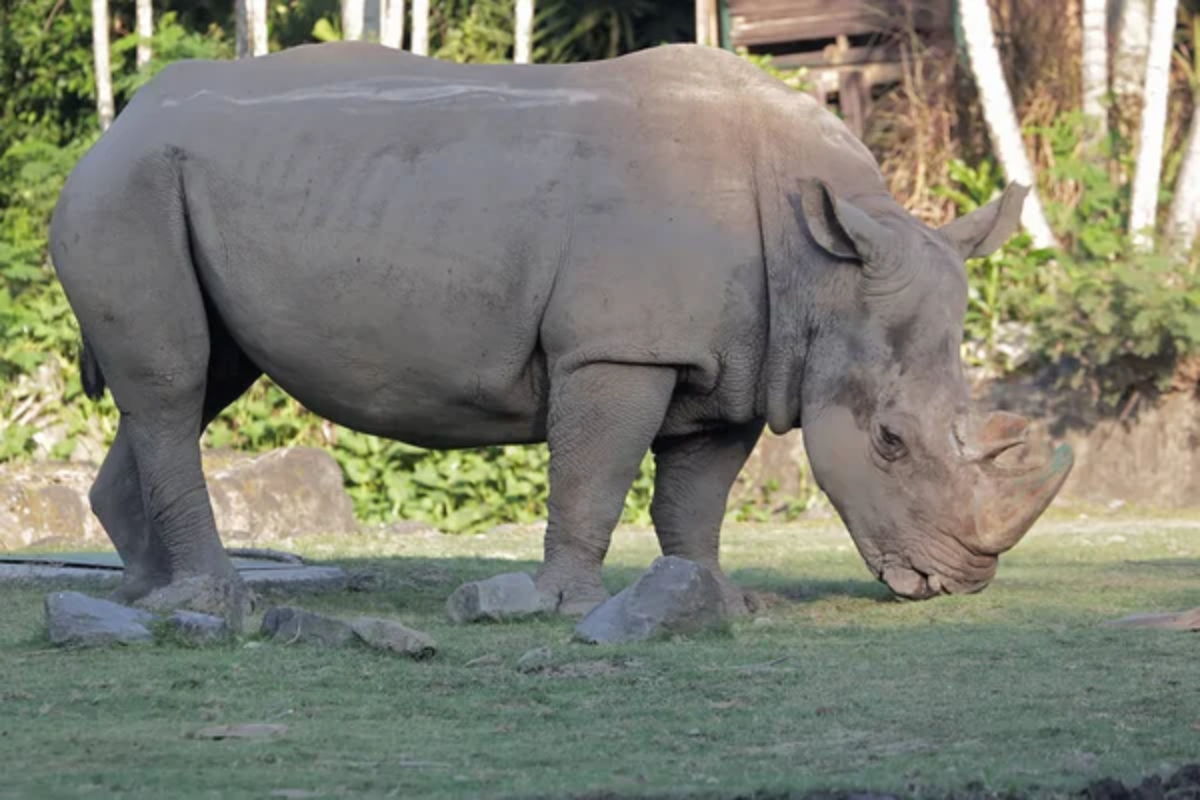
The last few dozen Sumatran rhinos hide from the world in the thick rainforests of southern Sumatra. The park’s special rhino protection units guide visitors through carefully selected areas where these small, hairy rhinos still roam.
Camera traps throughout the park capture rare glimpses of these shy creatures, which visitors can view at the research center. The dense jungle provides perfect cover for these ancient-looking creatures.
Like Travel Pug’s content? Follow us on MSN.
Keepers of Tomorrow

These remarkable places do more than protect endangered species—they keep hope alive for future generations. Each destination shows how local communities, scientists, and visitors can work together to make a difference.
The stories of these animals remind us that extinction isn’t just about losing species—it’s about losing pieces of our world’s story. These sanctuaries prove that with care, dedication, and support, even the rarest creatures might have a chance at survival.
More from Travel Pug

- 20 Towns Built for One Purpose That Were Later Abandoned
- 15 Hidden Spots in Disney World’s Magic Kingdom Most Visitors Miss
- 20 Photos of the World’s Most Beautiful Glacial Lakes
- 15 Canyons in the U.S. That Are Just as Stunning as the Grand Canyon
- 10 Under-the-Radar Mountain Towns That Are Both Affordable and Beautiful
Like Travel Pug’s content? Follow us on MSN.
